In today’s digital age, data centers play a crucial role in storing and managing vast amounts of information for businesses and organizations. With the increasing demand for more efficient and flexible IT infrastructure, virtualization has emerged as a key technology in data center server management.
Virtualization is the process of creating a virtual version of a physical resource, such as a server, storage device, or network. This technology allows multiple virtual machines (VMs) to run on a single physical server, maximizing the utilization of hardware resources and improving scalability and flexibility.
One of the key benefits of virtualization in data center server management is the ability to consolidate servers. By running multiple VMs on a single physical server, organizations can reduce the number of physical servers needed, leading to cost savings on hardware, power, and cooling. This not only helps to lower operational expenses but also simplifies server management and maintenance.
Virtualization also improves server efficiency by enabling dynamic resource allocation. With virtualization technology, IT administrators can allocate CPU, memory, and storage resources to VMs on-demand, based on workload requirements. This allows for better utilization of resources and ensures that critical applications receive the necessary resources to perform optimally.
Moreover, virtualization enhances data center server management by providing greater flexibility and agility. IT teams can easily create, deploy, and move VMs across physical servers, enabling quick provisioning of new applications or services. This flexibility is particularly beneficial in dynamic environments where workloads fluctuate frequently.
Another significant advantage of virtualization in data center server management is improved disaster recovery and business continuity. By encapsulating applications and data within VMs, organizations can easily back up and replicate VMs to ensure data protection and minimize downtime in the event of a disaster.
In addition, virtualization technology offers enhanced security features for data center server management. VM isolation and segmentation help to prevent security breaches and contain potential threats within a single VM, reducing the risk of spreading to other VMs or the underlying physical server.
Overall, virtualization plays a critical role in modern data center server management by improving efficiency, scalability, flexibility, and security. As organizations continue to embrace digital transformation and cloud computing, virtualization will remain a key technology in optimizing data center operations and meeting the evolving needs of businesses in the digital era.

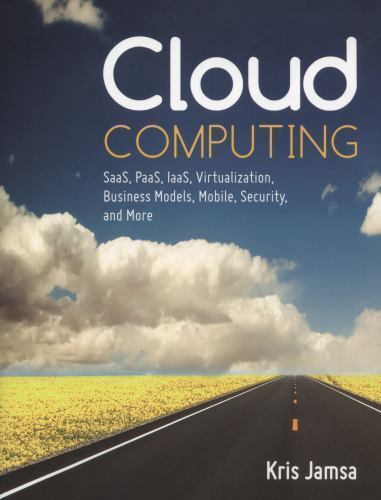

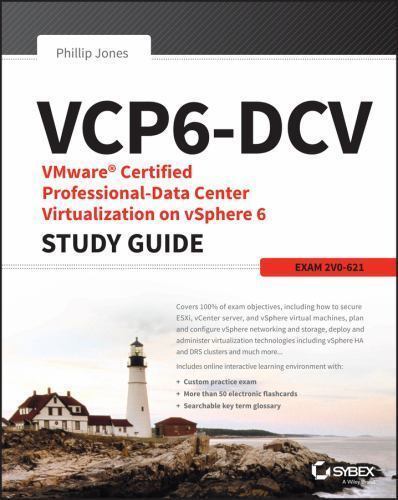


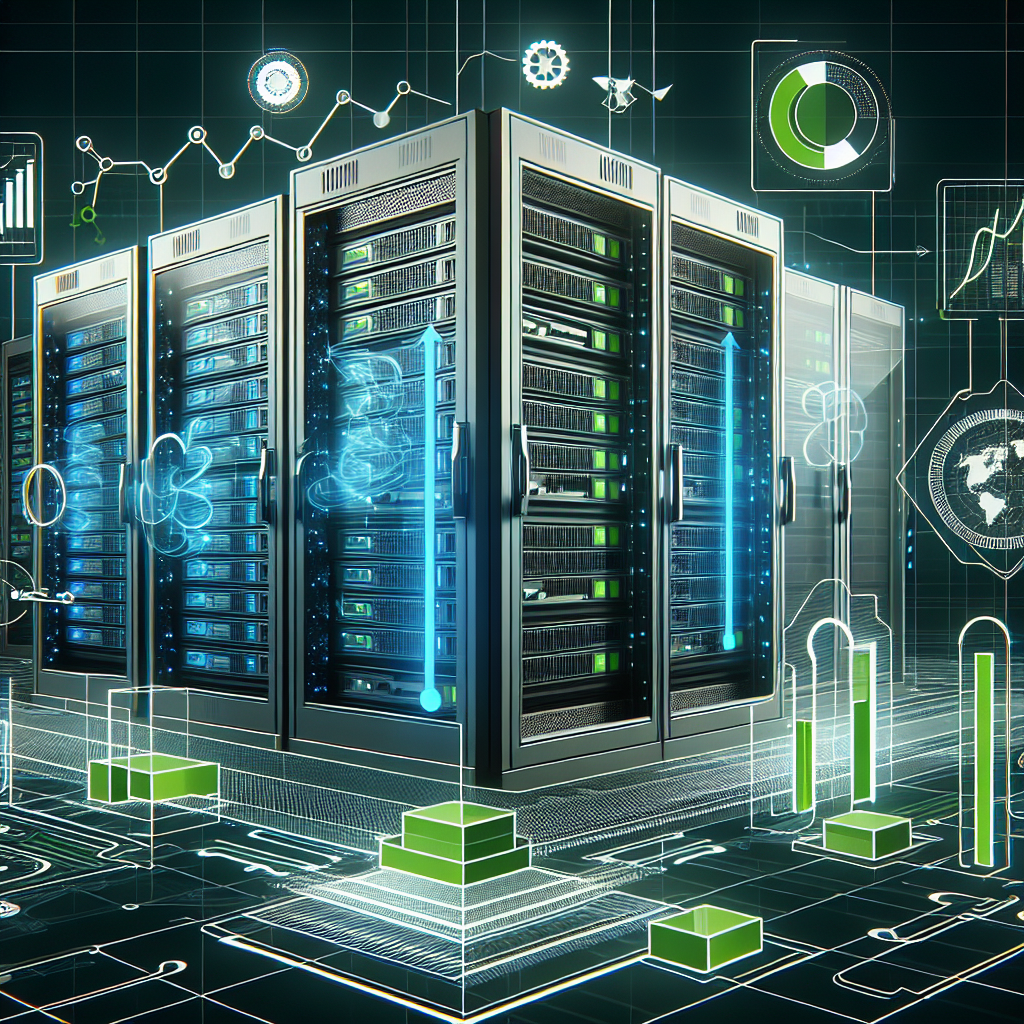

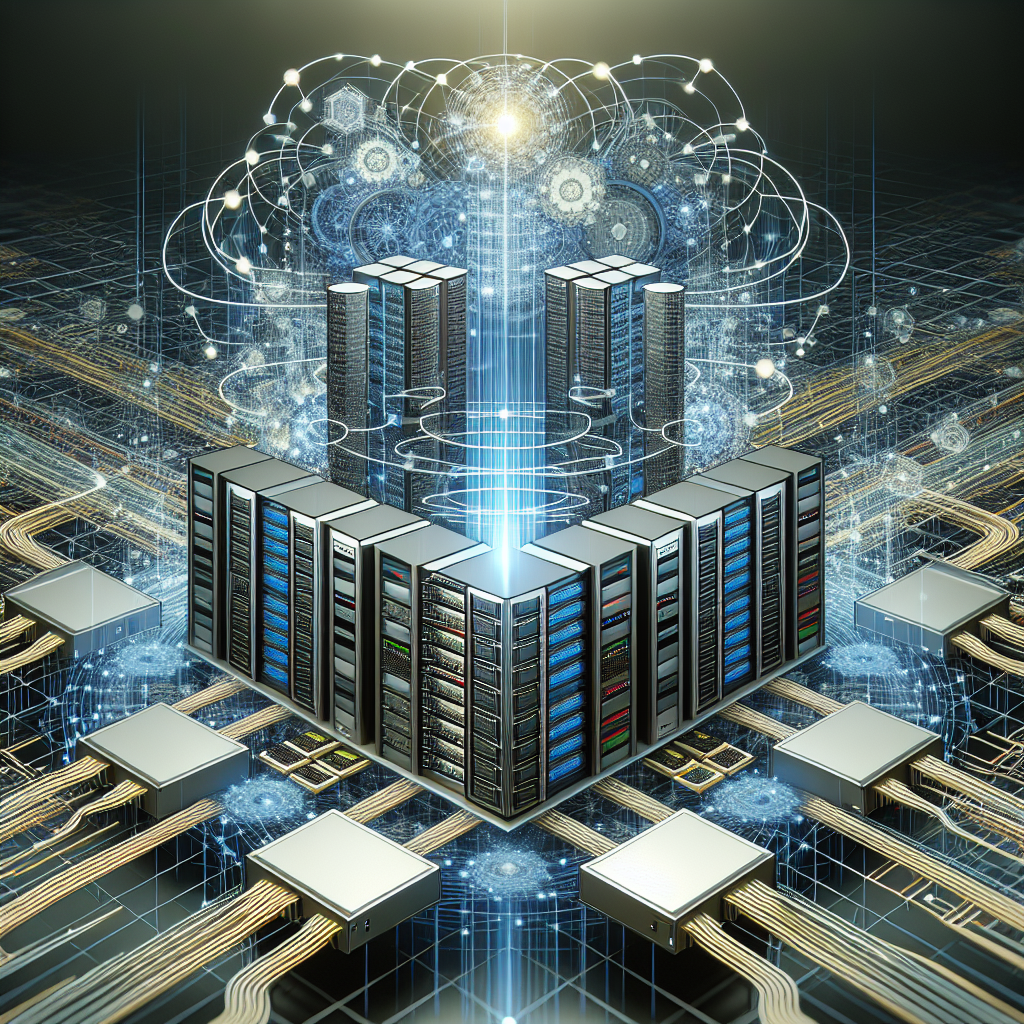

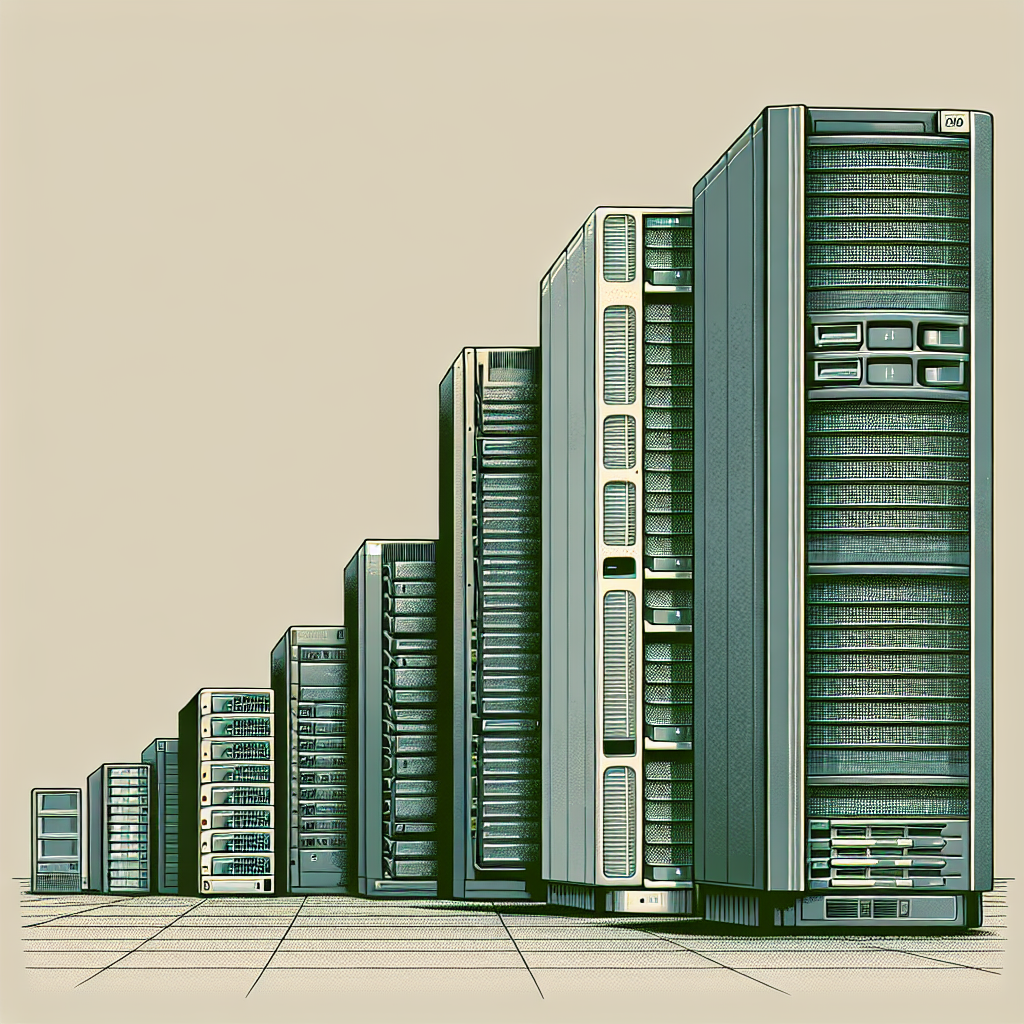

You must be logged in to post a comment.